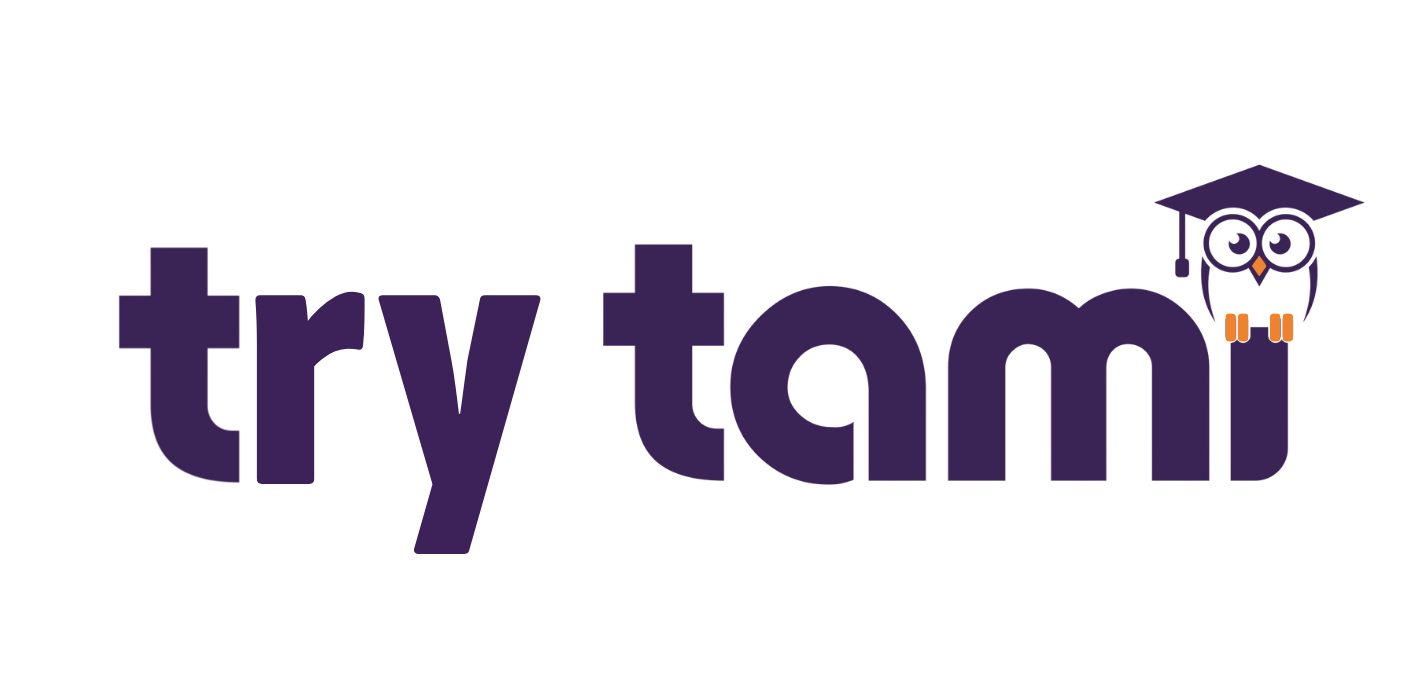Virtual Instructor-Led vs Self-Paced Training
Instructor-Led vs Self-Paced Training: What’s Best for Your Team?
Compare formats,
effectiveness, and
outcomes so you can choose the right training for your engineers
Overview
When it comes to training software engineers and technical teams, two options dominate: instructor-led training (ILT) and self-paced learning.
Each has its place. But they deliver very different results.
In this guide, we’ll break down: The pros and cons of each model who each is best suited for, where self-paced fails and where instructor-led shines, and how companies combine both for impact
What Is Self-Paced Training?
Self-paced training refers to online learning that participants complete on their own schedule via videos, reading material, or interactive platforms. Popular platforms include: Udemy, Coursera, LinkedIn Learning, Pluralsight.
Aspect
DETAILS
PROS
Low-cost and scalable
Good for foundational or broad-topic learning
Convenient for individual schedules
Often includes wide topic coverage
CONS
Low engagement and completion rates
Little to no ineractivity
Doesn’t address team-specific challenges
No opportunity for real-time Q&A or instructor support
Difficult to measure application or retention
BEST FOR
Individuals brushing up on basics
Learning at one’s own pace
Large orgs with tight budgets or compliance needs
Topics that are theoretical or widely applicable
What Is Instructor-Led Training (ILT)?
Instructor-led training is delivered live virtually or onsite by a subject matter expert. It’s interactive, personalized, and allows for immediate feedback. With TryTami, ILT is:
Delivered by experts in software engineering, cloud, AI, etc.
Tailored to your company’s stack and goals
Scheduled in days, not months
Offered in formats like 2-hour sessions, half-days, or multi-day programs
Aspect
DETAILS
PROS
Real-time Q&A, feedback, and discussion
High engagement and retention
Tailored to your team’s tech stack and needs
Faster to apply learning in real-world projects
Helps align entire teams and improve collaboration
Boosts ramp-up, productivity, and morale
CONS
Higher cost per learner
Requires coordination/scheduling
Less ideal for learners who want to go at their own pace
May not cover every topic available in self-paced platforms
BEST FOR
Engineering teams learning complex or applied topics
Upskilling devs on AI, cloud, or architecture
Onboarding new hires quickly
Teams tackling tech debt or new initiatives
Learning that needs to stick
Side-by-Side Comparison
TRAINING
Instructor-Led Training
Self-Paced Training
Custom to your tech stack
Yes
No
Live instructor support
Yes
No
Speed to productivity
Fast
Slow
Team-wide alignment
High
Fragmented
Best for onboarding
Yes
No
Best for fundamentals
/(depends on use case)
Yes
Scalable across thousands
Limited
Yes
Cost per learner
Higher
Lower
Long-term retention
Higher
Lower
When to Use Each
Scenario
best option
Training new hires on internal systems
Instructor-Led
Learning general Python basics
Self-Paced
Teaching AI prompt engineering
Instructor-Led
Refreshing knowledge of Git
Self-Paced
Aligning team on system design best practices I
Instructor-Led
Mass security awareness
Self-Paced
Upleveling engineering leaders
Instructor-Led
Blended Training: The Best of Both Worlds
Many companies today combine both models:
Use self-paced courses for broad or individual learning
Use instructor-led training for core team skill-building, system architecture, AI, onboarding, and DevOps
That’s where TryTami fits in we deliver the custom, instructor-led portion that most orgs can’t get from a course catalog.
Get training that works with TryTami
If you want your team to not just learn but apply new skills fast, instructor-led is the proven path.
TryTami delivers:
Expert instructors
Custom content
Flexible scheduling
Real-world impact

Ready to Transform Your Training Strategy?
Request a demo to see how TryTami helps enterprises automate L&D operations, accelerate AI adoption, and deliver measurable ROI.
